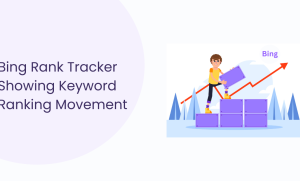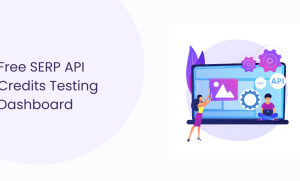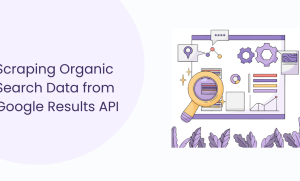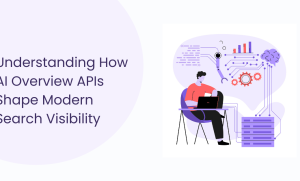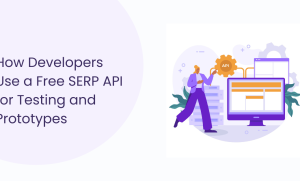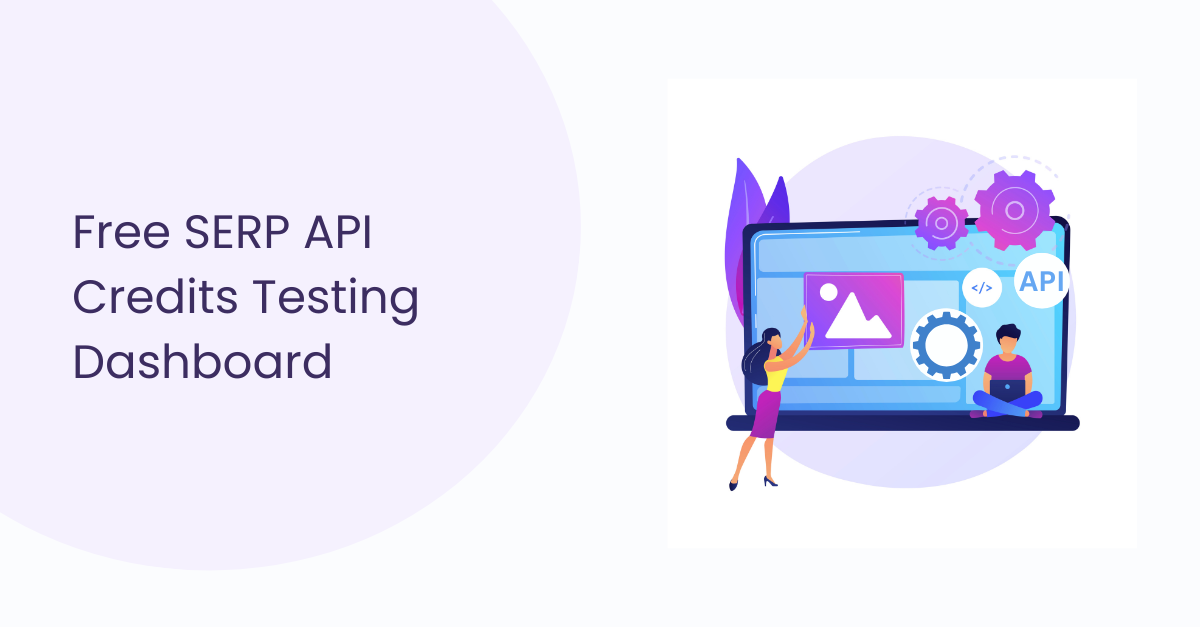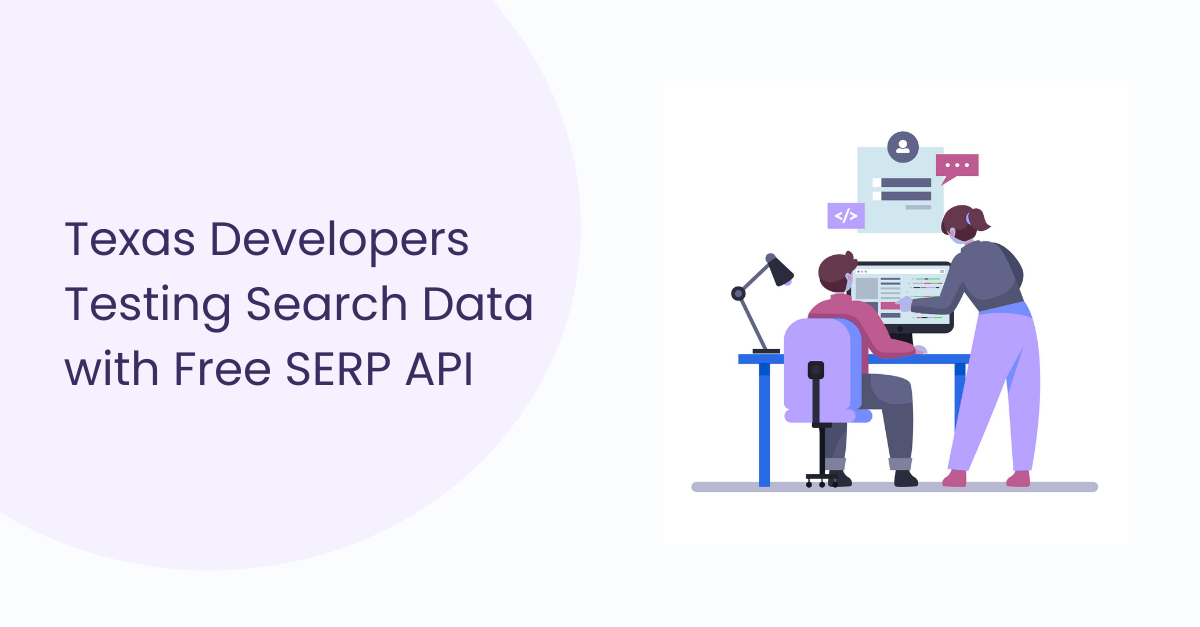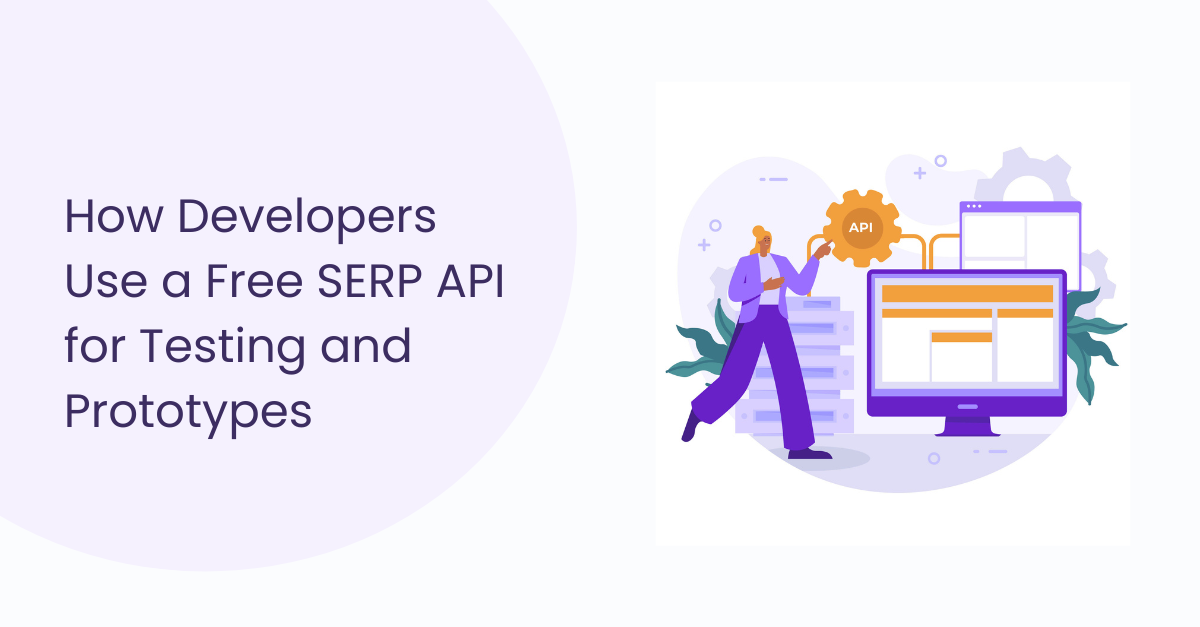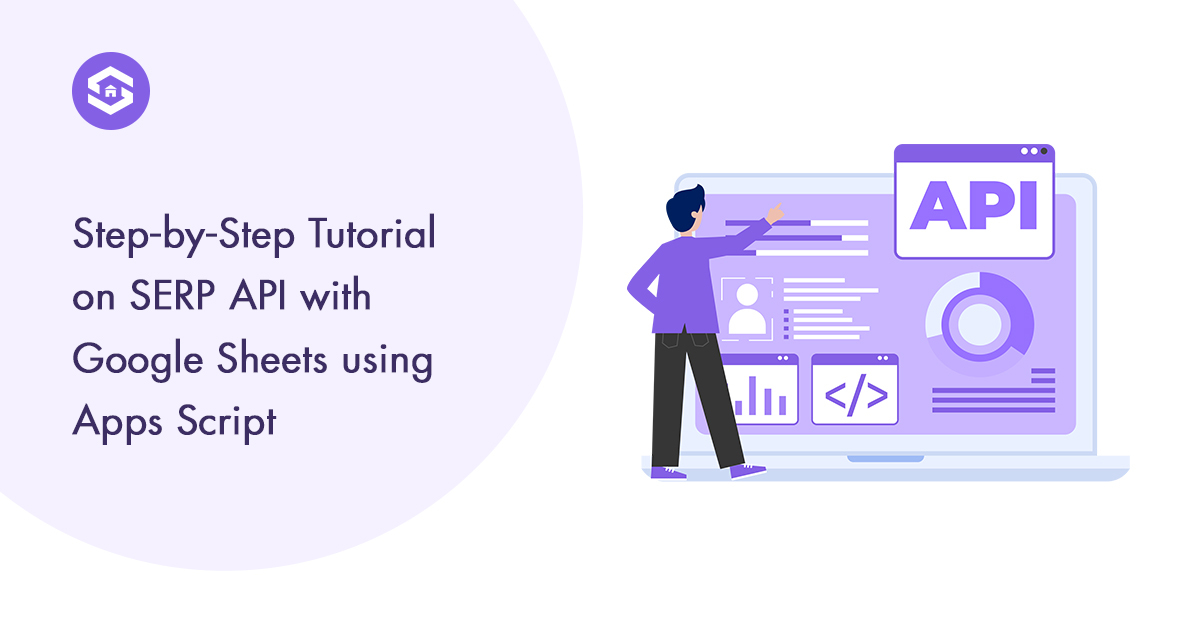Table of Contents
Table of Contents
In search engine optimization (SEO), understanding and leveraging SERP features is essential for maximizing online visibility. With the ever-evolving landscape of search engine result pages (SERPs), staying informed about the various SERP features and how they can impact your website’s performance is crucial.
This article will delve into search engine features, specifically organic and Google SERP features, and explore how you can effectively analyze and monitor them using a SERP API.
What are SERP Features?
SERP features are added elements displayed on the search engine results pages alongside traditional organic search results. These features provide users with enhanced information and a more interactive search experience.
Standard features include featured snippets, knowledge panels, local packs, image carousels, reviews, and more. Understanding these features and their appearance in search results is vital for optimizing your website’s visibility.
Organic SERP Features
Organic SERP features refer to the non-paid elements on search engine results pages. These features are generated algorithmically based on the search query, providing users relevant and authoritative information.
Examples of organic SERP features include featured snippets, related questions, site links, and knowledge panels. Optimizing content for these organic elements can boost website exposure and organic traffic.
Google SERP Features
As the dominant search engine, Google incorporates many SERP features to enhance the user experience. Google SERP features include rich snippets, local packs, knowledge graphs, and image packs. Each component serves a specific role and gives consumers fast and direct access to information.
By understanding how Google SERP features work and optimizing your content to align with them, you can improve your website’s chances of appearing prominently in search results.
SERP Features Analysis:
Analyzing SERP features is crucial for developing effective SEO strategies. By examining the SERPs for your target keywords, you can identify which elements are present and how they impact user behaviour. Conducting a comprehensive SERP features analysis allows you to:
Identify Opportunities:
By understanding which SERP features are prevalent for your target keywords, you can identify opportunities to optimize your content specifically for those segments.
For example, if featured snippets are expected, You can format the content into short and well-structured answers that are more likely to be featured.
Tailor Your Content:
Analyzing SERP content helps you understand what users want. You can appear in relevant SERP features and increase organic traffic by creating content that matches user intent.
Stay Ahead of the Competition:
Monitoring SERP features for your competitors’ keywords helps you understand their techniques and find ways to differentiate. Keep up with SERP feature trends to create original, engaging content that surpasses your competitors.
SERP Features Monitoring with a SERP API:
Incorporating a SERP API into your SEO toolkit is highly beneficial for monitoring SERP features. A SERP API allows you real-time access to SERP data, allowing you to track changes, assess feature appearances, and adjust your strategy.
Here’s how you can leverage a SERP API for compelling SERP features monitoring:
Track Feature Appearances:
You may track search results for your target keywords using a SERP API. This data helps you understand which features are prominent and which ones to prioritize in your optimization efforts.
Analyze Competitor Insights:
A SERP API lets you gather valuable data on how your competitors leverage SERP features. You can gain insights into their tactics and identify opportunities to improve your approach. By tracking their feature appearances and analyzing their strategies.
Measure Performance:
With a SERP API, you can track the performance of your website’s presence in SERP features. You may track appearances, click-through rates, and organic traffic. This data helps you evaluate the effectiveness of your optimization efforts and make data-driven decisions.
Stay Updated:
SERPs are constantly evolving, with new features and existing ones changing. A SERP API ensures that you have access to the most up-to-date data, informing you about the latest SERP feature trends and adjusting your strategies accordingly.
Conclusion:
Understanding SERP features and leveraging a SERP API is essential to a successful SEO strategy. You can optimize your content to improve visibility and attract more organic traffic by analyzing and monitoring organic and Google SERP features. Incorporating a SERP API into your toolkit provides you with real-time data, allowing you to track feature appearances, analyze competitor strategies, and measure the performance of your website with SERP features.
Remember, the SEO landscape is dynamic, and staying updated with the latest SERP feature trends and algorithm changes is essential. Regularly monitor and adapt your strategies based on the insights provided by a SERP API. By visiting proactive and leveraging SERP features effectively, you can enhance your website’s visibility, outperform your competition, and drive meaningful results in the ever-evolving world of search engine optimization.



